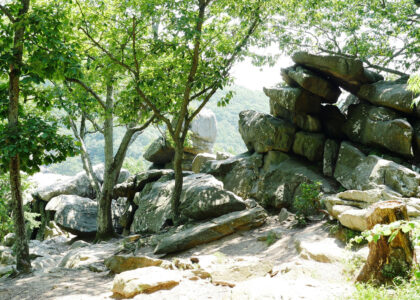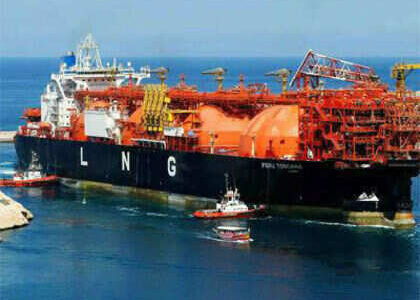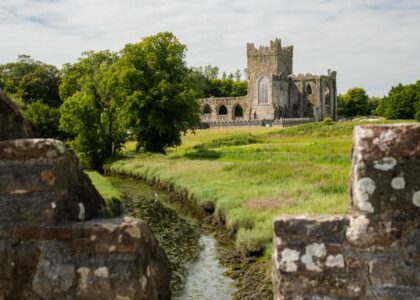As you approach the Gloucester Fisherman’s Memorial, you’re not just gazing at a statue; you’re stepping into a story that has shaped this community for over a century. Known locally as ‘The Man at the Wheel,’ this iconic bronze statue has stood watch over Gloucester Harbor since 1925, a silent tribute to the thousands of fishermen who have set sail from this port, never to return.
The memorial was established in honor of Gloucester’s tercentenary, commemorating the city’s 300 years since its founding in 1623. Designed by sculptor Leonard Craske, the statue depicts a fisherman firmly grasping the wheel of his ship, his gaze fixed on the horizon. This image captures the essence of Gloucester’s maritime history—a community built on the courage and tenacity of its fishermen.
Over the centuries, Gloucester has evolved from a small fishing settlement to one of the most important fishing ports on the East Coast. In the 19th century, the city was booming, with fishing schooners crowding the harbor. However, this period was also marked by tragedy. The perils of the sea claimed the lives of thousands of Gloucester fishermen, a fact that the memorial’s poignant inscription—’They That Go Down to the Sea in Ships’—somberly acknowledges.
Among the most notable figures connected to Gloucester is Howard Blackburn, a fisherman who became a local hero after surviving a harrowing winter storm in 1883. His incredible story of endurance and survival at sea became part of Gloucester’s rich tapestry of tales that celebrate the indomitable spirit of its people.
As time marched on, the fishing industry faced new challenges, from economic shifts to ecological changes. Yet, the spirit embodied by the Fisherman’s Memorial remains a vital part of Gloucester’s identity. It serves as a reminder of the community’s resilience and its deep connection to the sea.
Today, as you stand before the statue, consider the countless stories it represents—tales of adventure, loss, and hope that continue to resonate. The Gloucester Fisherman’s Memorial is more than a tribute to the past; it is a living symbol of the city’s enduring legacy and its ongoing relationship with the ocean.





